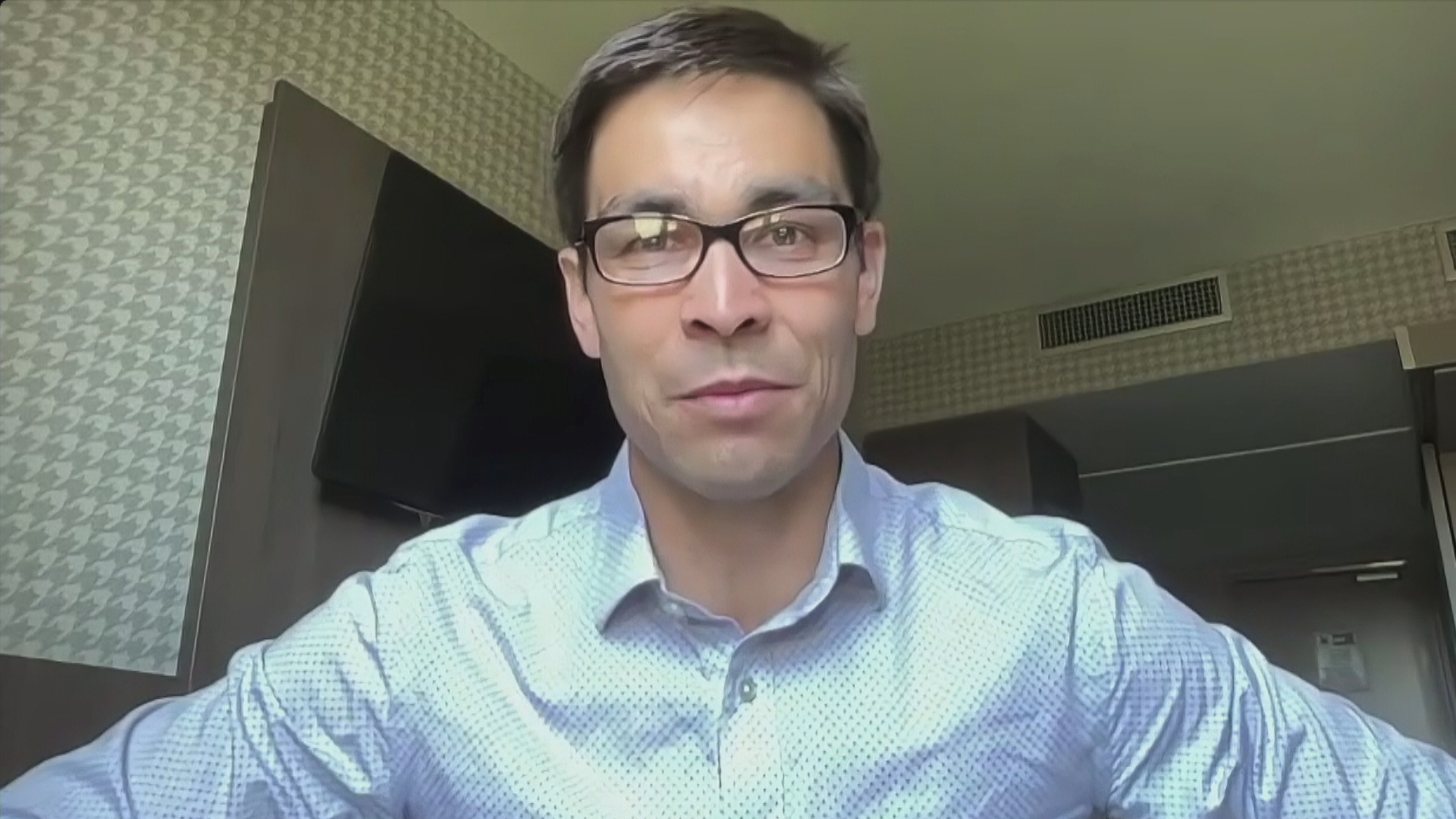1970s-era office tower being converted into rental apartments in downtown Halifax

A Halifax developer says his company’s plans to convert a 1970s-era office tower into residential units is on schedule and should be ready for tenants in two years.
Elliot MacNeil of Sidewalk Real Estate Development acquired the Centennial building in August of 2021. Today, 12 of the building’s 14 floors are mostly gutted, with crews turning all that former office space into one-, two- and three-bedroom rental apartments.
“We love converting old buildings into something new and exciting,” MacNeil says, “taking what’s there and working with the challenges that exist. Call us crazy, but we get excited about that and are more satisfied with the final product than general new construction.”
Those in the commercial real estate industry say these kinds of conversions will likely become more common. Residential vacancy rates are at record low levels in the city, while commercial vacancy rates are rising.
A recent report from Remax puts the commercial vacancy rate in Halifax at between 18 per cent and 20 per cent. Bill MacAvoy, managing director of Cushman and Wakefield Atlantic, says the vacancy rate has less to do with the growing number of people working from home and more to do with the appeal of shiny new buildings downtown.
“Probably the No.1 driver is the addition of new market supply over the last half decade, and generally tenants will gravitate towards new product as it offers new features and amenities,” MacAvoy says.
The completion of Nova Centre, Queen’s Marque and the Waterside Centre forced a shift in Halifax’s commercial tenancy profile. MacAvoy says as leases expired in older buildings such as Purdy’s Wharf and the Centennial Building, those companies moved into one of three new sites.
“So you end up with these kinds of stranded buildings with very limited parking,” MacAvoy says. “And buildings that were built for earlier generations don’t have the same quality of building systems. So the air quality isn’t as good. They’re more expensive to heat.”

That’s where Sidewalk Real Estate comes in.
MacNeil says when his team acquired the 56-year-old Centennial Building they knew there would be surprises — expensive ones. That’s expected when turning an office tower into an apartment building.
Pre-conversion, the building had two bathrooms per floor. Part of the challenge now is to modify the plumbing to accommodate multiple bathrooms — and kitchens — on each floor for each apartment.
Then there’s the issue of what MacNeil calls “de-tenanting.”
“Imagine you’re walking into 100 leases with existing offices,” he says. “You need to negotiate and wait for leases to expire.”
With conversion well underway, two floors of building remain untouched as they wait out the expiration of lease agreements. One of those tenants happens to be the Progressive Conservative Party of Nova Scotia.
MacNeil says all three levels of government are desperate to kick start new housing projects, but the Centennial conversion is a private venture, so far at least. He says he and his team at Sidewalk applied for affordable housing funds via Housing Nova Scotia in 2021 and were approved for the funding.

“But we have not finalized the terms of the grant or received any money to date,” MacNeil says “We just commenced construction and will determine how this funding will conclude over the coming months.”
At this point, MacNeil says there is no plan — or obligation —- to designate any of the future units affordable.
“The cost of construction is enormous today. And what you’re seeing is increased rental rates to justify the increased costs. So that’s in fact also what we’re encountering.”
MacNeil says he’d like to see a conversion incentive for projects like his. One such program exists in Calgary, where the city came up with a program to encourage developers to turn office buildings to residential spaces. Under the program, eligible applicants could receive up to $75 per square foot.
“A per-square-foot incentive would absolutely drive more conversion in our city which means more product faster to market,” MacNeil says.


;Resize=(620))
;Resize=(620))
;Resize=(620))